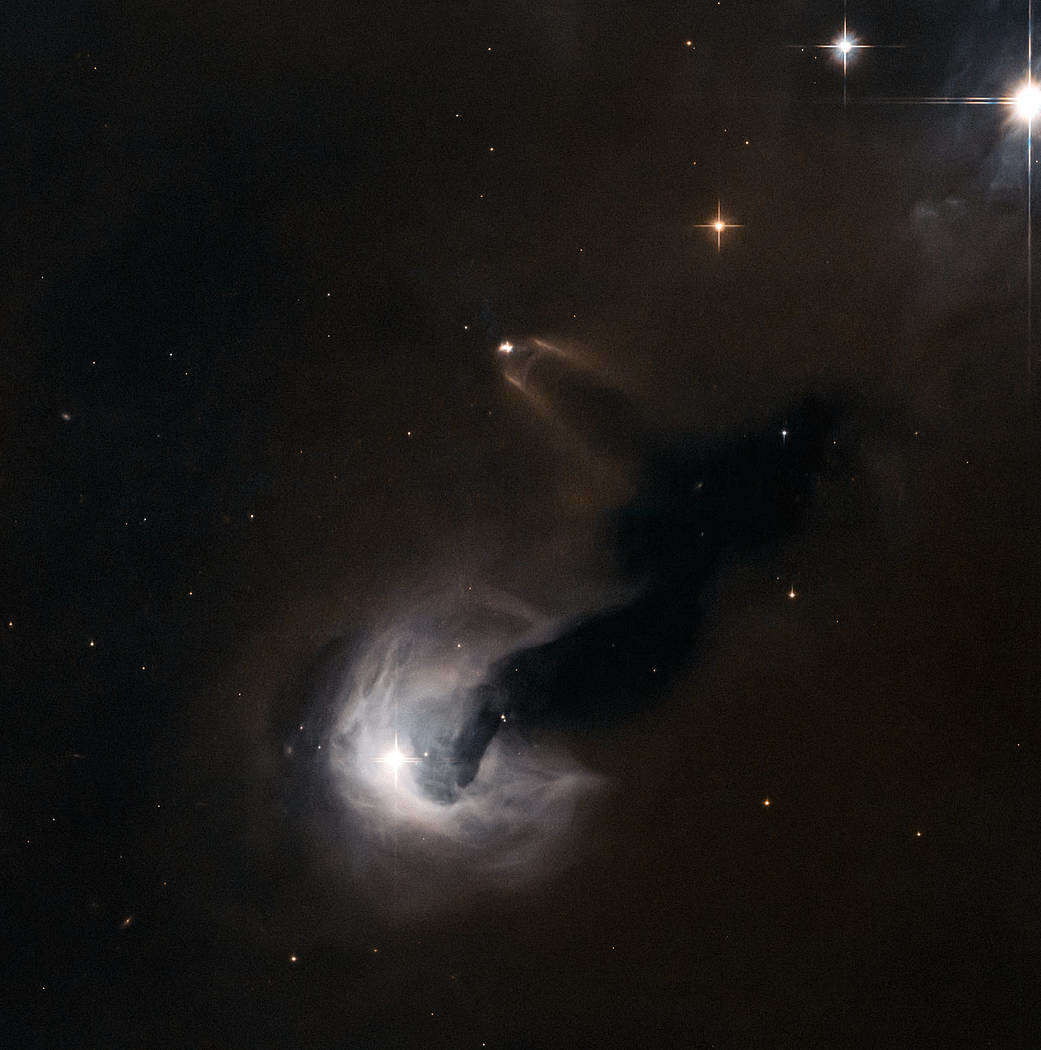Create a free profile to get unlimited access to exclusive videos, sweepstakes, and more!
Something that went boom 13 billion years ago could solve a mystery in the Milky Way

There was a cacophony of bangs, crashes and kabooms in the early solar system, but one explosion blows them all away. Hypernovas are the aftermaths of the deaths of immense stars, far more powerful than supernovas — and a stellar rupture that was ten times more powerful than any supernova is now thought to be a previously unknown type of hypernova.
It was the collapse of a highly magnetic star spinning at breakneck speed. Now called a magneto-rotational hypernova, this new phenomenon is thought to have the answer to why one of the most primitive stars in the Milky Way is so chemically different from the rest.
SMSS J200322.54 -114203.3 (referred to as SMSS J2 from here on) has unusually high levels of heavy elements that could possibly beat any other star in our galaxy that is around as ancient. Astronomer David Yong of the Australian National University, who recently led a study published in Nature, found even more things hiding in its spectra.
“Using spectra from telescope observations, we found an iron content some 3,000 times lower than that of the sun, meaning that this star is chemically primitive,” he told SYFY WIRE. “When we measured other elements including nitrogen, zinc, europium and uranium, we found unusually high amounts.”
Yong’s colleague and coauthor, Chiaki Kobayashi, came up with the magneto-rotational hypernova model because a neutron star merger just wasn’t enough to explain the weirdness of SMSS J2. When the oldest stars in the universe collapsed, the material they ejected into space eventually came together again to form new stars. SMSS J2 had to be made of ejecta from a different kind of cosmic cataclysm. Neutron star mergers may be able to account for the abundance of heavy elements in some stars, but with this star, it wasn’t enough.
Another thing that cannot be explained by a neutron star merger is the source for so much nitrogen and many other lighter elements in SMSS J2. Never mind that there wouldn’t have been enough time for it to come into being if that was the answer. Neutron stars actually need to form, and that alone takes at least a million years. They then live out their lives until they end up orbiting each other in a painfully drawn-out death spiral. While tons of neutrons, something SMSS J2 is overflowing with, are released when two spiraling neutron stars finally collide, the mystery still didn’t end there.
“In the magneto-rotational hypernova model, all the elements that we measured (from carbon to uranium) are produced in the progenitor star,” Jong said. “Of the known cosmic sources of elements, only this type of hypernova can match the full element pattern, carbon through uranium, and SMSS J200322.54 is the first star to show this particular element pattern.”
Everything in the magneto-rotational hypernova model seems to fit a parent star whose high magnetism and rotational speed doomed it to die as fast as it lived. High zinc levels in SMSS J2 mean its progenitor had to be a hypernova 10 times more energetic than your average supernova. Also, so much nitrogen as was found in SMSS J2 had to have originated from a star rotating at unbelievable speeds. High levels of heavy elements need huge amounts of neutrons, but a neutron star model would not be able to account for everything else.
As for how SMSS J2 formed, Jong believes it must have gone through the same growing pains all stars do. That would be like finding out how it was conceived and developed in its space womb instead of where its unusual stellar DNA came from. This was more like a genetic test done to find out what the star must have spawned from.
“That magneto-rotational hypernova would have exploded and ejected its material into the surrounding interstellar space,” he said. “Some time later, SMSS J200322.54 would have formed out of the ejected material.”
Could other stars in the distant universe have formed like this? No one knows, but maybe the light of such an event from 13 billion years ago is still on its way to Earth.



























